What really is in the Japanese lifestyle? Despite being well-known for its aging population, Japan ranked number 2 as the country with the highest life expectancy in 2018. Why? It’s not in the genes nor because of the weather. It’s in their lifestyle. Keep reading and learn the secrets.
Diet
 You get to know Japanese culture by its food. The usual food you will see on a Japanese table are fish, seaweeds, vegetables, steamed rice or low-fat noodles and along with them is a bowl of miso soup. It is usually concluded with a cup of green tea and fresh fruit.
You get to know Japanese culture by its food. The usual food you will see on a Japanese table are fish, seaweeds, vegetables, steamed rice or low-fat noodles and along with them is a bowl of miso soup. It is usually concluded with a cup of green tea and fresh fruit.
They usually eat fish instead of red meat. This helps them lower the risk of heart disease, elevate mood and prevent some types of cancer. Do you love sashimi? It is recommended to eat fatty fish two servings each week. There are several ways to cook them, like grilling, steaming or poaching.
Seaweeds like kelp is a good source of protein, a better source of potassium and known for its iodine content. It is loaded with other nutrients, too. It is also believed that this helps lower the risk of breast cancer. Seaweeds are usually served in soup, sushi, and salads. But because it is fully packed with nutrients, you can limit your intake as overeating of this can have side effects.
Vegetables are important in Japanese cuisine. You can see a variety of green leafy and root vegetables.
 Miso soup is made from fermented soybeans. Japanese cuisine is rich in fermented foods, and not only soybeans but other vegetables as well. They believe that these help in digestion and strengthens the immune system. Aside from serving this miso soup, elderly ones are also encouraged to eat tofu, also known as bean curds. In the countryside, you can find tofu makers that serves freshly cooked tofu and soya milk early in the morning.
Miso soup is made from fermented soybeans. Japanese cuisine is rich in fermented foods, and not only soybeans but other vegetables as well. They believe that these help in digestion and strengthens the immune system. Aside from serving this miso soup, elderly ones are also encouraged to eat tofu, also known as bean curds. In the countryside, you can find tofu makers that serves freshly cooked tofu and soya milk early in the morning.
 Drinking green tea will help in digestion to keep off the excess pounds. Its antioxidants can also protect the heart and fight serious illnesses. Green tea is not only taken as a drink. Have you tried matcha ice cream or cake?
Drinking green tea will help in digestion to keep off the excess pounds. Its antioxidants can also protect the heart and fight serious illnesses. Green tea is not only taken as a drink. Have you tried matcha ice cream or cake?
Eating fruits will help you stop from eating more and indulging in sweet foods like cakes, puddings or ice cream. Now you know why most of the Japanese people are skinny rather than fat.
Japanese people eat until they are 80% full. They do this by eating in portion. Each food is placed on different plates and arranged beautifully. They also enjoy eating their food slowly. Studies have proved that eating slowly promotes better digestion and a greater appreciation of your food.
Leisure
 Known to be hardworking, Japanese people know how and when to rest. And one way of making time for themselves is by going to karaoke. You can see karaoke everywhere in Japan and Japanese people usually spend their past time there. Karaoke making even took a record of 10 billion dollars a year.
Known to be hardworking, Japanese people know how and when to rest. And one way of making time for themselves is by going to karaoke. You can see karaoke everywhere in Japan and Japanese people usually spend their past time there. Karaoke making even took a record of 10 billion dollars a year.
You don’t need to be a good singer to make karaoke good for you. Singing is good for the nervous system, especially during stressful times, and helps build self-confidence. Then, sing all the stress out!
Japan is also known for its beautiful Japanese gardens where they spend their time to meditate and exercise. Most of these gardens are found in Kyoto. Forest therapy or forest bathing is also introduced. Scientifically, it has proven that it can provide wonderful health benefits and healing effects.
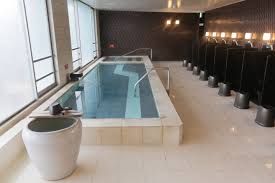
Japanese people end their day in a sento or onsen, as for how they call their public bath and hot springs. This is also their way to keep themselves away from sicknesses. Both young and old love mineral-filled hot baths as it is good for rheumatism, skin disease and other ailments. Studies show that it also can help high blood patients make their blood pressure drop.
Laughter is the best medicine. And you can laugh out loud even when you are alone watching TV. Japanese TV shows, commercials, game shows, and even music videos are filled with weird yet funny themes. Laughing relaxes the whole body, helps relieve tension and worry and is good for mental health.
Skin Care
As much as they could, Japanese people avoid the sun’s UV rays by wearing hats, gloves or anti UV creams and using umbrellas. They also get a regular massage to help blood circulation. 
Putting facial oils and lotion is part of the daily routine. Collagen is taken in any way – applying directly to the skin and adding it to drinks and food. At the end of the day, using gentle cleansers to wipe off all the dirt and pollutants needs more time. Mild products don’t cause dry skin and wrinkles. Or sometimes, leaving your skin off with nothing is proven to be beneficial, as if giving it time to relax.
Taking care of skin is very important. Japanese people take no shortcuts, they are willing to spend money and time on it. Do you know that a daily beauty regimen consists of 8-11 steps? Yes, from cleansing to toning, to applying different serums, creams and moisturizers. Cleansing is done multiple times but with mild products. After applying everything, pressing your palms to your face will help the products to penetrate the skin.
Usual Japanese skincare products are made from what is common in their kitchen and meals like seaweed, rice, mushroom, and green tea. Therefore, everyone can achieve Japanese youthful skin and complexion.
Exercise
Both young and old, exercise is a morning routine in Japan. In 1928, Rajio Taiso or radio exercise was introduced to improve and maintain the health of the Japanese soldiers. They use a radio to guide a big number of people to do the exercise.
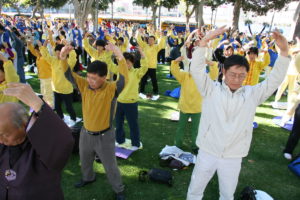 You can search online on how this exercise is done. Some of the movements are stretching, jumping, clapping, toe touching, arms swinging and squatting. No need to worry if you are too busy with work or school. You can find exercise steps that will take just 5-10 minutes of your time.
You can search online on how this exercise is done. Some of the movements are stretching, jumping, clapping, toe touching, arms swinging and squatting. No need to worry if you are too busy with work or school. You can find exercise steps that will take just 5-10 minutes of your time.
One of the exercises introduced in Japan that will be done in a short time is the pelvic bone exercise using a rolled towel. The rolled towel is put under your lower back, just where the arc is, while you lay flat on the floor or any hard surface. Maintain your feet hip-width apart but your toes inward and pointed together. Do the same with your hands, shoulder-width apart but your fingers are joined together. Stretch your body and maintain the same position for 3-5 minutes. You can do this exercise once or twice a day. This exercise does not only aim strong pelvic and core but can help you achieve good posture and reduce belly fats.
Other people would be lazy to get up early in the morning to do exercise. But exercise helps the body to be more energetic all day, regulates blood circulation and pressure, makes you feel happier and helps you lose weight. It can be good, not just for your muscles but for your bones, too. It is also helpful to avoid risks of heart diseases, to manage blood sugar levels, and improve mental health.
Japanese exercise has been viewed by many as ideal. Whether young or old, by an individual or by groups, exercise is viewed as important in the Japanese lifestyle.
Cleanliness
Doing house chores to maintain cleanliness is introduced to young ones at home and at school.
Before entering a house, shoes are taken off and left outside and slippers are used to walk around inside the house. This is a way to keep the floor or mats clean. Inside the bathroom, another plastic slipper is used. But entering a room with tatami mat, slippers are removed.
If you are a dog lover, small dogs can be kept inside the house, but big dogs are put outside to avoid making the floor dirty especially the tatami mats.
Recycling is also observed efficiently. Japanese people strictly follow government rules on segregation and the schedule of collecting garbage.
Being clean contributes to Japanese healthy life.
Do you want to know more about Japanese food? Click Tokyo Japan Food Guide.
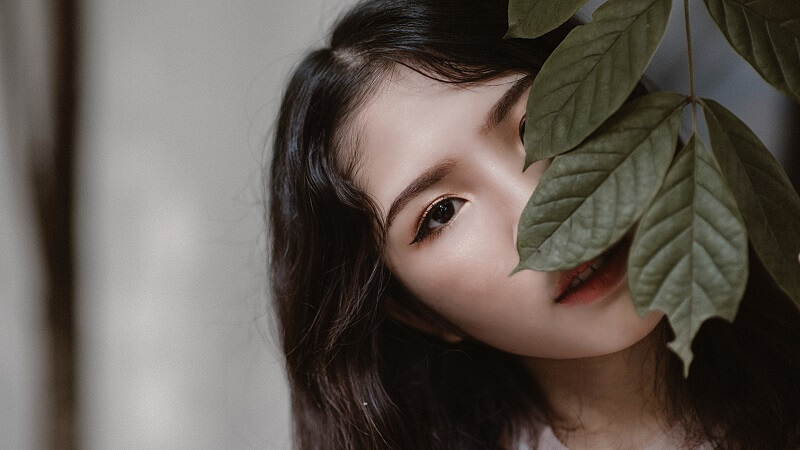


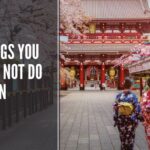

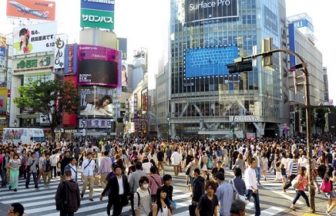
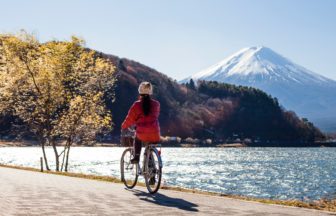
No comments yet.